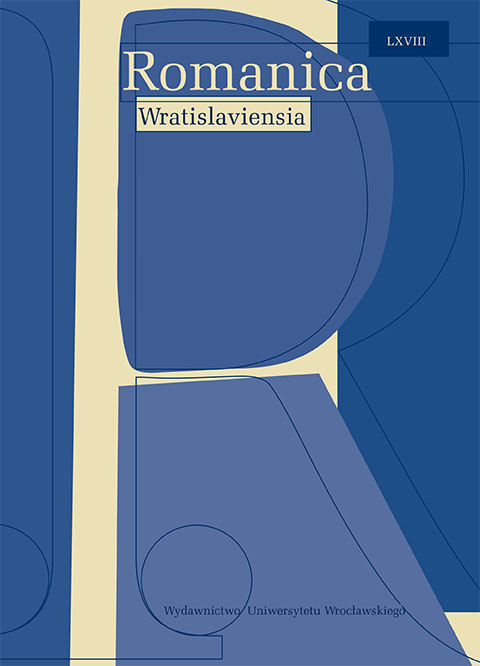

Artykuły

The paper deals with the image strategies of People’s Poland as a peripheral country based on an analysis of the elements of its foreign cultural policy carried out through translations in 1968. The quantitative and qualitative analysis of the content of the three versions of the review Polska. Czasopismo Ilustrowane [Poland. Illustrated Magazine], created to promote Poland in the world, is based on P. Bourdieu’s concept of capital. We start from two hypotheses: the first one about the valuation of cultural capital in the versions of the review addressed to capitalist (La Pologne. Revue Mensuelle) and socialist (Polsko. Obrázkový časopis) countries. The second — on the promotion of Poland’s economic and political capital in the version for “third world countries” (La Revue Polonaise. Magazine Illustré). Generally, both hypotheses are confirmed. The analysis also shows variations of the image strategies depending on the target readers: westernisation (emphasis on cultural ties to the West) and victimisation (Poland as a victim of history) in the version for the “first world”; strategy of utopia (emphasis on the achievements of a socialist country) in the version for the “second world”; idealisation (Poland as a peaceful, economically developed country) in the “third world” version. These strategies correspond to the key word of the political elites’ policy, “fleeing the periphery”.